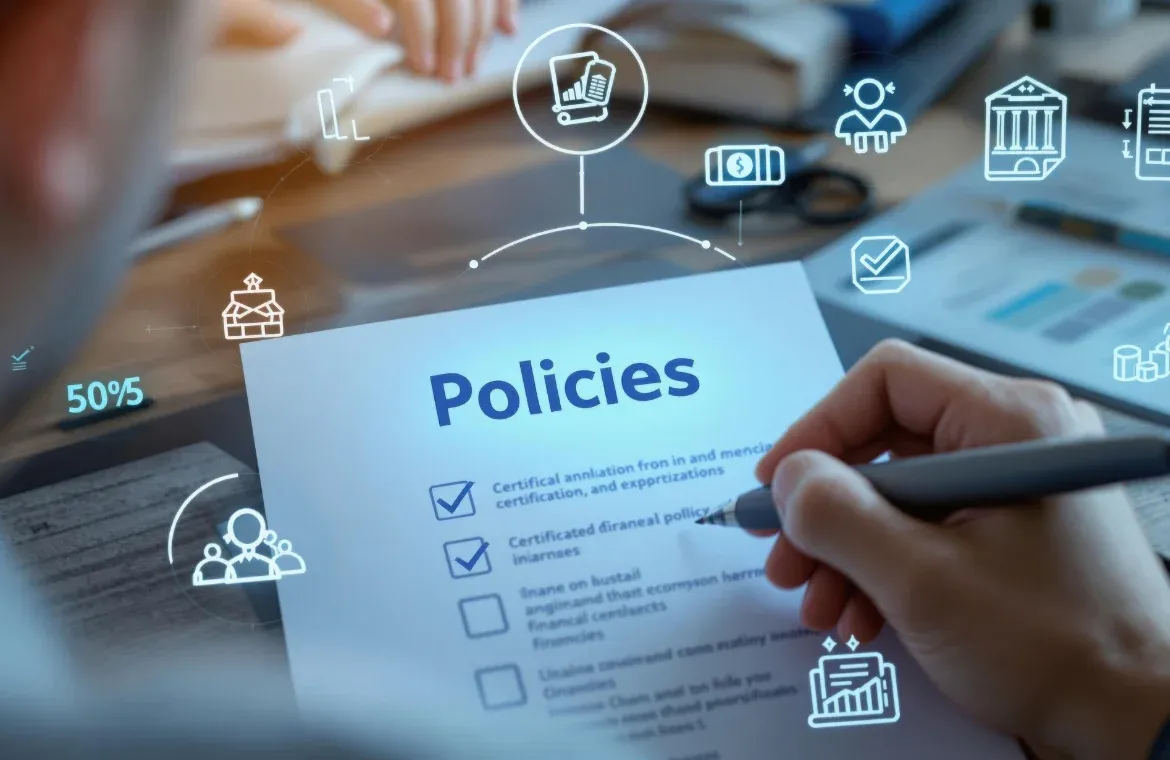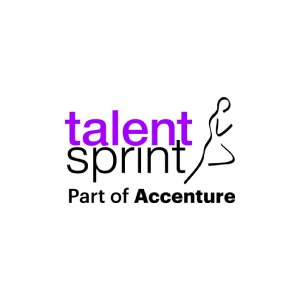What is Public Policy? A complete guide for 2026

2026 isn’t just another year, it’s a turning point. Governments worldwide are rewriting the rules that shape our lives, from climate action to AI regulation. These decisions will decide how businesses operate, how citizens interact, and how societies thrive or struggle. Public policy is at the center of this transformation, steering responses to global challenges and setting the tone for governance in an era of rapid change.
Why does this matter? Because the choices made today will ripple through economies, education systems, and even personal freedoms tomorrow. If you want to understand power, progress, and the forces shaping your future, you need to understand why public policy matters now more than ever.
What is Public Policy?
Public policy is the roadmap governments use to solve public problems and shape society’s future. It’s more than laws, it’s a deliberate plan of action that sets priorities, allocates resources, and influences everyday life.
From tax reforms to climate regulations, public policy defines how decisions are made and how they impact you.In short, it’s the mechanism through which governments turn ideas into action for the public good.
Importance of Public Policy in 2026
Public policy shapes the way societies function, it drives economic growth, reforms education, and ensures access to healthcare. In 2026, its importance is amplified by emerging trends like climate action, AI regulation, and global security challenges. These policies decide how resources are allocated and how nations respond to crises.
Understanding the importance of public policy and staying informed about public policy trends in 2026 is crucial for anyone who wants to influence change or simply navigate the future.
Scope of Public Policy in India
The scope of public policy in India is expansive, touching every critical aspect of national development and governance. It spans economic growth, social justice, environmental sustainability, national security, and global diplomacy.
Public policy drives initiatives to boost economic progress, reduce poverty, bridge inequality, and promote renewable energy and conservation. It also strengthens security frameworks and positions India as an active player in international affairs.
By addressing these diverse areas, public policy aims to foster inclusive development, ensure prosperity, and enhance the well-being of citizens while establishing India as a responsible and influential global power.
Types of Public Policy
Public policy isn’t one-size-fits-all it comes in distinct forms, each serving a different purpose in governance and shaping society. Here are the four major types you need to know:
1. Regulatory Policies
These are designed to control or influence behavior through rules and restrictions. They set boundaries for individuals and organizations to protect public interests.
Example: Environmental regulations that limit industrial emissions or traffic laws that enforce speed limits.
2. Distributive Policies
These policies allocate resources, benefits, or services to specific groups or sectors. They often aim to promote development and innovation.
Example: Government grants for renewable energy projects or subsidies for farmers.
3. Redistributive Policies
Focused on equity, these policies transfer resources from one group to another to reduce social and economic disparities.
Example: Progressive taxation systems and social welfare programs like food security schemes.
4. Constituent Policies
These define the structure and functioning of government institutions and agencies. They set the rules for governance itself.
Example: Laws that establish new regulatory bodies or frameworks for public administration.
Understanding these types of public policy and their real-world examples helps you see how governments shape priorities and influence everyday life.
Characteristics of Public Policy
Public policy careers are dynamic and interdisciplinary, offering opportunities to influence decisions that shape society. Here are the key characteristics of this field expanded with real-world examples:
1. Diverse Work Settings
Public policy professionals work in government, think tanks, NGOs, international organizations, and even corporate sustainability teams.
Example: A policy analyst at NITI Aayog advising on economic reforms, or a consultant at UNDP working on climate resilience projects.
2. Interdisciplinary Approach
This field blends economics, law, sociology, and data analytics to craft effective solutions.
Example: A healthcare policy researcher using statistical models to improve rural health programs.
3. Specialized Domains
Professionals often focus on sectors like environment, education, technology, or foreign relations.
Example: An AI governance specialist drafting ethical guidelines for tech companies.
4. Roles and Responsibilities
Common roles include policy analysts, research associates, advocacy specialists, and consultants.
Example: A policy advocate lobbying for child nutrition programs in Parliament.
5. Growing Demand
With climate change, AI regulation, and social equity dominating global agendas, demand for skilled policy experts is rising.
Example: Corporations hiring sustainability officers to align with ESG norms.
6. Educational Pathways
Most careers require a postgraduate degree in public policy or related fields.
Example: Programs at IIM Mumbai, prepare aspiring individuals to gain competencies in public policy.
7. Impact and Rewards
Beyond competitive salaries, the real reward is shaping systemic change.
Example: Designing a national education policy that improves access for millions.
Public Policy Process
The public policy process works through a connected cycle. Each stage guides how governments tackle society's challenges. This framework lights up the path that turns public problems into practical policies.
1. Problem identification
Policy development begins when governments identify issues needing attention. Since stakeholders often view problems differently, defining them accurately is crucial. Teams gather data, consult stakeholders, and analyze root causes rather than surface symptoms. They also identify affected groups and review existing information to design effective responses.
2. Agenda setting
Problems must compete to catch decision-makers' attention. The process filters and ranks issues at different levels.
- Systemic Agenda: Issues that society believes need attention and discussion.
- Institutional Agenda: Issues that the government officially plans to consider and act upon.
Policy teams use tools to handle requests. They run consultations, schedule regular reviews, and support policy networks with funding.
3. Policy formulation
This stage turns spotted problems into possible solutions. Teams set goals, calculate costs, pick policy tools, and study potential effects. The work happens in four phases: appraisal, dialogue, assessment, and consolidation. Teams need complete analysis before finalizing proposals. This includes studying costs and benefits, forecasting economic impact, and talking to stakeholders.
4. Policy adoption
Authorized decision-makers must formally accept proposed policies. The process might need legislative approval, executive orders, or other official steps. Politics affects how likely a policy is to pass. Party control, public opinion, and stakeholder interests play key roles. Each country's system and policy type shape the adoption process.
5. Implementation
Executive agencies turn adopted policies into action. They assign resources, create rules, hire people, and set up procedures. How administrators make decisions shapes policy results by a lot. They choose how policies work in real life. Clear communication, enough resources, and agency teamwork determine success.
6. Evaluation and feedback
Policy teams check if their work fixed the original problems. They study outcomes, efficiency, and effects to see if they hit their goals. Results flow back into the policy cycle and shape future agendas and policies. This creates an ongoing improvement loop. Good evaluation helps teams spot collateral damage, adjust strategies, and back up decisions about keeping or ending policies.
Examples of Public Policy
Public policy isn’t abstract, it’s visible in the decisions that shape our lives every day. Here are some real-world examples:
GST (Goods and Services Tax): A major economic policy that unified indirect taxes under one system, simplifying trade and commerce.
Plastic Ban in Telangana: A regulatory policy to curb pollution and promote sustainability, directly impacting Hyderabad’s businesses and consumers.
National Education Policy (NEP): A transformative policy reshaping India’s education system to meet future needs.
These examples show how public policy drives change whether it’s protecting the environment, regulating technology, or improving social welfare.
Careers in Public Policy
Public policy careers are no longer confined to government corridors they span think tanks, NGOs, international organizations, and even corporate sustainability teams. At its core, this field is about shaping decisions that impact millions, whether in health, education, climate, or technology.
Professionals often specialize in areas like environmental policy, healthcare access, or foreign relations, and then drill down into niche domains such as water security or child nutrition.
The work is interdisciplinary, blending economics, law, sociology, and data analytics. Roles include policy analysts, research associates, advocacy specialists, and consultants. Think tanks like NITI Aayog, TERI, and global organizations lead research and advise governments on reforms. With climate action, AI governance, and social equity dominating global agendas, demand for skilled policy professionals is soaring.
Entry typically requires a postgraduate degree in public policy or related fields, with top institutions like Harvard, Oxford, and ISB offering specialized programs. Salaries range widely from ₹3–12 lakhs for entry-level roles to ₹60 lakhs for senior positions. For those passionate about driving systemic change, public policy offers a career that combines intellectual rigor with real-world impact.
Conclusion
Public policy is more than a set of rules it’s the engine that drives governance, shapes economies, and influences the quality of life for millions. In 2026, its role will be even more critical as nations tackle climate change, regulate AI, and address global inequalities.
Understanding public policy empowers you to engage with these changes, influence decisions, and even build a career that creates real impact.
If this guide sparked your interest, consider enrolling in a public policy course. These programs provide the skills and insights needed to analyze, design, and implement policies that matter. Whether you aim to work in government, NGOs, or corporate strategy, a public policy course is your gateway to shaping the future.
Frequently Asked Questions
Q1. What exactly is public policy?
Public policy refers to a set of actions and decisions made by governments to address specific societal issues. It includes laws, regulations, and guidelines designed to achieve particular social and economic objectives for the benefit of the public.
Q2. Who is considered the father of public policy?
Woodrow Wilson is often regarded as the "father of public administration", which is closely related to public policy. His seminal essay on the subject laid the groundwork for the field's development.
Q3. What are the main types of public policy?
There are four main types of public policy: regulatory policies (which control behaviours), distributive policies (which allocate resources), redistributive policies (which transfer wealth or rights), and constituent policies (which establish fundamental rules).
Q4. How does public policy impact everyday life?
Public policy affects various aspects of daily life, including education, healthcare, employment, and the environment. It shapes the rules we live by, the services we receive, and the opportunities available to us, playing a crucial role in societal development and problem-solving.

TalentSprint
TalentSprint is a leading deep-tech education company. It partners with esteemed academic institutions and global corporations to offer advanced learning programs in deep-tech, management, and emerging technologies. Known for its high-impact programs co-created with think tanks and experts, TalentSprint blends academic expertise with practical industry experience.



